Which breed group is The Alsatian in?
Breed group: Pastoral
Alsatian breed history
First appearing in the latter part of the 19th century, the Alsatian or German Shepherd Dog was originally bred as a herding dog in Germany by ex-military officer, Max von Stephanitz. The first generation of the breed boasted rough coats and short tails and so the original dogs were somewhat different from those we know and love today. A breed standard was drawn up in 1899 and the dogs were soon common across Germany. German Shepherd Dogs were exported to America in 1906 and have since become one of the most popular breeds in the world.
It is important to note that the Alsatian and German Shepherd are the same breed. The change of name has led to confusion and misunderstanding with some people believing that these are different dogs. Originally called the German Shepherd Dog, the breed came to be known as the Alsatian in the UK following the First and Second World Wars when the word 'German' possessed negative connotations. However, this breed is now usually referred to as the German Shepherd Dog.
Alsatian breed characteristics
Highly intelligent and incredibly loyal, Alsatians are great family pets but also exceptional in the working environment. The first choice of police forces and the military, these dogs are valued for their courage, stamina, reliability and resilience. Their intelligence ensures that they are straightforward to train but can mean that they are easily bored. They must know their place in the pack and your family, otherwise they may become difficult. In short, these dogs must receive both regular exercise and constant stimulation.
Alsatians exhibit a variety of coat colours from black and tan to sable. Blues, livers, albinos and whites are considered undesirable by The Kennel Club. These dogs are slightly long in comparison to their height and may have short or long coats. In either case, the dogs have an outer coat and an undercoat. When Alsatians are at rest, their tails hang down and are slightly curved. When the dogs are active, their tails are raised and feature a more pronounced curve.
- Lifespan: 9-13 years
- Height: up to 65cm
- Weight: up to 40kg
- Powerful and muscular
- Almond-shaped brown eyes
- Large ears, broader at the base
- Long tail
- Short or long coat
- Colour varies but most dogs are black and tan or black and gold
- Intelligent and alert
- Loyal
- Versatile
- Active
- Easy to train
- Can become destructive and noisy when bored
Health issues with Alsatians
German Shephard Dogs can suffer from several hereditary and acquired health issues including Hip dysplasia, Elbow dysplasia and Haemophilia (male dogs only). Other problems seen frequently in this breed are:
- Pituitary Dwarfism
- Anal Furunculosis
- Exocrine Pancreatic insufficiency
- Degenerative Myelopathy or CDRM
- Panosteitis
- Gastric Torsion
- Epilepsy
- Haemangiosarcoma
What is the Alsatian bred for?
Alsatians were originally bred to herd sheep, but their character and physique have proved to be ideal for a number of working environments including life in the military and the police. Their intelligence, alertness and outstanding loyalty ensure that they provide exceptional service and are protective of their handlers. What sort of owners does the Alsatian suit?
As these dogs require constant stimulation and a copious amount of exercise, they are best suited to owners who can devote a generous amount of time to their care. They are quick to learn and so are highly trainable but are equally quick to pick up bad habits if boundaries are not enforced. If inadequately trained and controlled, these dogs can display dominant behaviour and they will become destructive in the home when bored. However, they also respond badly to excessively firm handling. As such, they are dogs for experienced owners who can master a balanced approach to their training.
Germans Shepherd dogs are prized as watchdogs but can be territorial. This may represent a problem when people visit their home. They do best when they have a large garden to play in and usually enjoy family life. At least one family member should be at home all day to provide the company and stimulation that the dogs need.

